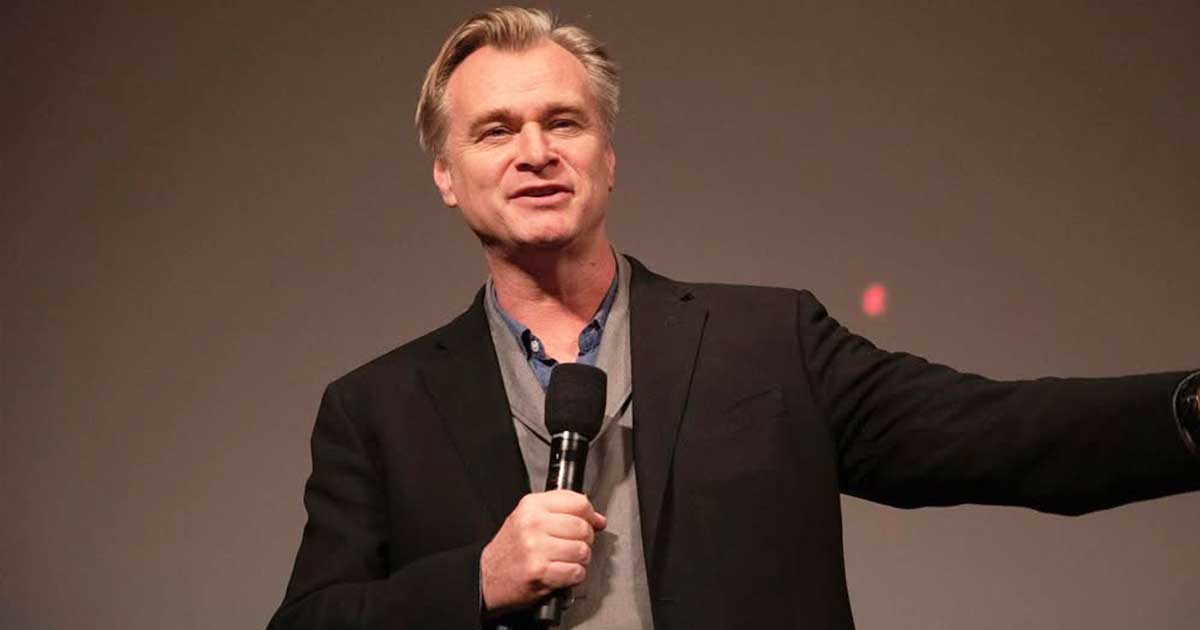Many wonder what Trump’s win means for diversity, equity, and inclusion (DEI). To me, it simply confirmed what I already knew: The fight against discrimination is far from over, and DEI has to evolve for us to meet the challenges to workplace culture ahead.
Employers are entering an unprecedented age of instability. Trump’s previous policies, and the plans laid out in Project 2025, give us a preview of what’s in store. The incoming administration will likely ban DEI language and training in the federal government while undermining the Equal Employment Opportunity Commission’s ability to enforce civil rights protections and track minority employment. It will likely try to revoke protections for LGBTQ employees and implement religious exemptions to antidiscrimination laws.
Mass deportation, workplace raids, and denaturalization targeting Black and Brown employees could go into effect, while H1-B visas tighten. At the same time, employers need to grapple with other threats to workplace culture, employee morale, and productivity—including climate disruption, political polarization, and declining mental health.
Amid these challenges, DEI is ripe for reinvention. Organizations will need new strategies for creating stable environments, supporting their employees, and maintaining strong cultures.
DEI has been easy to attack partly because there’s little agreement on what it actually is. DEI has become a Rorschach test, viewed through the lens of each person’s priorities and fears.
It’s useful to think of DEI as a set of tools designed to achieve clear outcomes: reducing discrimination, mitigating its harmful effects, and creating a workplace culture that set employees up to succeed. By focusing on the intersection of data and culture, leaders can develop new approaches for achieving these goals. They might start by considering these six factors.
Consider legal implications
Organizations reversing DEI policies under pressure from lawsuits claiming reverse discrimination would be well-advised to consider the risks of incurring lawsuits over “traditional” discrimination based on race, gender, ethnicity, age, or sexual orientation. While reverse racism claims may capture headlines, traditional discrimination lawsuits are actually on the rise.
State-based differences in labor laws are likely to become more extreme as regulatory responsibility shifts toward states. More progressive states may pass new pro-worker legislation, and less progressive states may become increasingly antiunion and anti-worker. Employers with a national presence will have an even harder time navigating these differences and ensuring that organizational policies are fair across the country.
Organizations should consider how their DEI programs impacted allegations of discrimination—and otherwise enriched the workplace culture. Then they can consider how they might achieve the same results by other means.
Measure whether culture brings out the best in workers
Employees who consider their workplace culture “good” or “excellent” are nearly eight times more likely to feel satisfied at work, and 85% less likely to be actively looking for a new job, than those who say the culture is “poor” or “terrible.”
But even within the same company, people can have vastly different experiences. Is your workplace culture resilient? Are fairness and equity embedded in your values? Do certain demographic groups respond differently to aspects of the company culture?
Do metrics around employee engagement, satisfaction, and retention look different for women versus men; people of color versus those who are white; or between employees assigned to different team leaders? If so, that’s worth examining.
Take stock of the dynamic between employees and managers
If you have a toxic dynamic with your boss, it doesn’t matter how robust your cultural programming is. One study found that nearly a third of workers in the U.K. left jobs because of a negative relationship with their managers.
Are you preparing your managers to navigate this newly volatile environment? Are you giving them the tools and training to create a positive, psychologically safe workplace culture that enables healthy communication? Are training programs aligned with your organization’s values and mission? Are accountability mechanisms in place when cultural issues arise?
Be perceived as a place of opportunity
Today’s employees want to grow and thrive within an organization. And that means everyone.
As antidiscrimination protections weaken, employees from historically marginalized groups will become more risk-averse. They will be looking for and staying with employers that value them. Across the U.S., Black women earn only 63.7 cents for every dollar earned by white men. Since 2022, promotion rates for Black employees have fallen. If your pay scale or C-suite reflects such disparities, chances are you’re not broadly perceived as a place where all talent can thrive.
It’s also wise to audit your promotions practices regularly. If there are disproportionate levels of turnover within certain demographic groups or in certain corners of the organization, this merits immediate attention.
Leverage all available talent pools
Under the next administration, hiring programs may face even more scrutiny. Organizations that have eliminated internships or job slots targeting talent from underrepresented groups will need to find creative ways to broaden the candidate pool.
A skills-based approach to hiring—in which employees are selected for their capabilities and potential, rather than their degrees or credentials—can broaden and diversify the talent pool. Moreover, a growing body of research shows that skills-based hiring is more predictive of job performance than hiring based on education or work experience.
As you broaden your approach to talent, make sure changes to your hiring process don’t introduce new biases that undermine your efforts. Without targeted programming, it’s even more important to mitigate your legal risks through diverse sourcing methods, interviewer training, regular audits, and new hire feedback.
DEI, by another name
Regardless of who’s president, you’d be hard-pressed to find a successful leader who’s comfortable presiding over a homogeneous workforce with a low-trust culture—where certain employees feel marginalized, workers are out of touch with customers, and growth is stifled by a shortage of talent. It’s just not good for business.
DEI has been one set of tools for solving these problems. But language is also a tool, and the language of DEI may no longer be serving us. So let’s find new ways to talk about the outcomes we want—and new approaches to ensuring that our evolving workplaces work for everyone.







